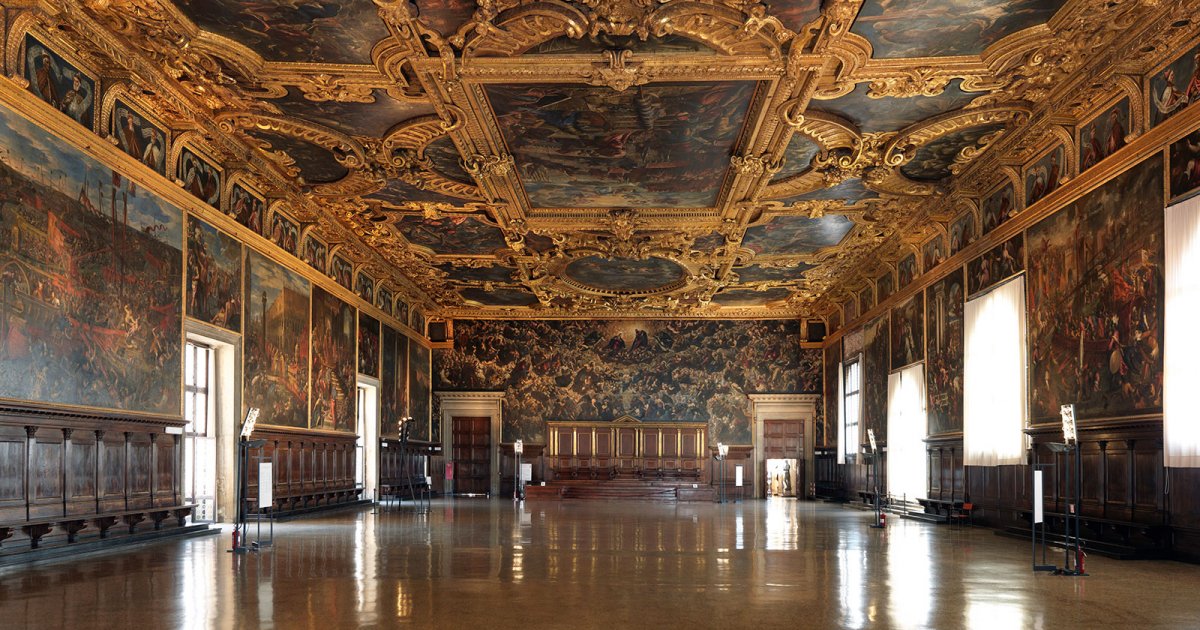The first Venetian doge came into power in 697, and the last ended his reign with the fall of the Venetian Republic in 1797. Almost exactly inbetween these two dates is a watershed moment in the city’s history, the Serrata del Maggior Consiglio of 1297, often simply referred to as the “Serrata”, meaning the “closure”. To understand the weight of the Serrata is to understand the ingenuity of Venetian politics and, therefore, Venetian mentality.
Venice had always prided itself in making sure that no one individual had too much power, indeed as time went by, the doge’s powers decreased more and more, becoming very much a symbolic figure, or as many put it, a puppet figure. The Maggior Consiglio, originally a small group of men who worked as aids to the doge, over time became the official decision-‐makers of the State working alongside him. The members had to be elected and so there was no hereditary passing of power, and this was something the many noble families in Venice wanted to change. After the Serrata of 1297 was enacted, anyone who had been part of the Maggior Consiglio in the previous four years could be part of it again, and every year 40 new people would enter, as long as they were relatives of any of the member families in the Consiglio. In essence, membership in the Maggior Consiglio was restricted to fewer noble families but it opened up to a greater number of people, which in the year 1310 reached 1200 people, and many of course complained that “the Room is still not big enough”, so in time it was expanded to its current size. The adorning of the room had cost so much money that anyone who dared to suggest any improvements would have been fined heavily. Although not the Paradise Jacopo Tintoretto imagined so spectacularly on the wall of the Sala, Venetian patricians had found one of the best possible systems to maintain political stability, with checks and balances that reminded everyone how efficient power is when spread out across large numbers.
Although the Paradise is the most impressive work here, Tintoretto’s son Domenico is to thank for a series of portraits of the dogi; they all tell us something of their reign in a flowing ribbon; however, there is a black drape where Falier is supposed to be, punishment for his attempt to seize complete
control of the state, for which he was “decapitati pro criminibus”. His story will come later on.







